Community Development in Sanjiangyuan: Half Light Women’s Handicraft Cooperative
4,000 meters above sea level, Sanjiangyuan comprises 395,000 square kilometers of the Qinghai-Tibetan Plateau and is the source of the Yangtze, Yellow and Mekong Rivers. Called “China’s Water Tower,” Sanjiangyuan is Asia’s most important water source and sustains more than 600 million people’s livelihoods.
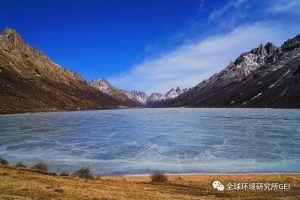
Sanjiangyuan has been threatened by desertification since the 1990s due to global warming and overgrazing. However, the situation has become much worse due to large populations of rats and rabbits that are known for nibbling at leaves and roots, and digging holes in the pasture, in turn cutting off food supply for yaks – a necessary means of income for this herding community.
There is an overwhelming amount of trash that sits among grassland, left only for the animals, which gnaw on the plastic and ingest the toxic chemicals.
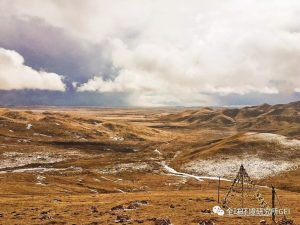
GEI has been active in the Qinghai region, doing both environmental protection and community development for over 5 years. We launched an “Ecosystem-service economy” project which conducts community-driven ecological protection. For this project, we not only teach the Sanjiangyuan community about conservation, we also bring together the local people and the local government to improve the area’s standard of living.
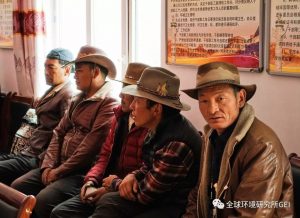
Women’s Handicraft Cooperative
Initiated by Yongqiang, “Half Light (Nan Jie Sai Ga) Handicraft Cooperative” was founded by 13 local females in March 2013. In Tibetan, “nan jie sai ga” means “half-light. From handbags to shoes, the Sanjiangyuan women design and produce handicrafts to support their families.

Photo Source: GEI
The cooperative agrees that part of their benefits will be used to maintain the cooperative’s operation. The rest will be used to support the environmental protection work including gathering trash, patrolling and monitoring water quality and precious wild animals and plants.
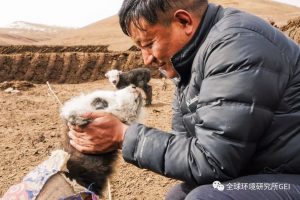
Simple in design, the handicrafts showed traditional Tibetan beauty but lacked a professional look and marketing strategy, both of which were undercut by lack of income.
GEI Steps In
Before 2016, lacking financial support, technical guidance, and marketing strategies, the products form Half Light Cooperative were very simple and could only be sold in Yushu area for a small profit. To improve the design and appeal to a greater market, GEI helped Yongqiang invite professional designers to share their experience and skills.
In March 2017, alongside with Wuzhi, Qu Mina, a co-founder of Naqu Studio and Xing Zhen, a co-founder of Zhishi Studio went to Half Light Cooperative and volunteered to help these herders.’
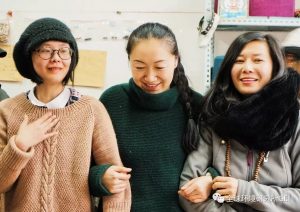
During the day, the three designers instructed how to design, construct and do quality tests of the handicrafts. The students were fast learners, dedicated to perfecting their designs.
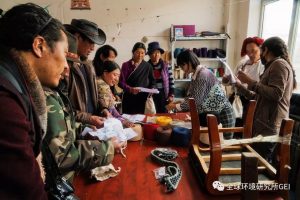
Final Products and Reflections from the Workshop

“What we are seeking is not mass production on machines, but works finished manually by heart.” — Mina
“It never occured to me that we are helping them. It’s actually a kind of reverse nurturing.” – Wuzhi
“It gave me so much pleasure and honor to return [the knitting technique] to its hometown.” – Xingzhen

